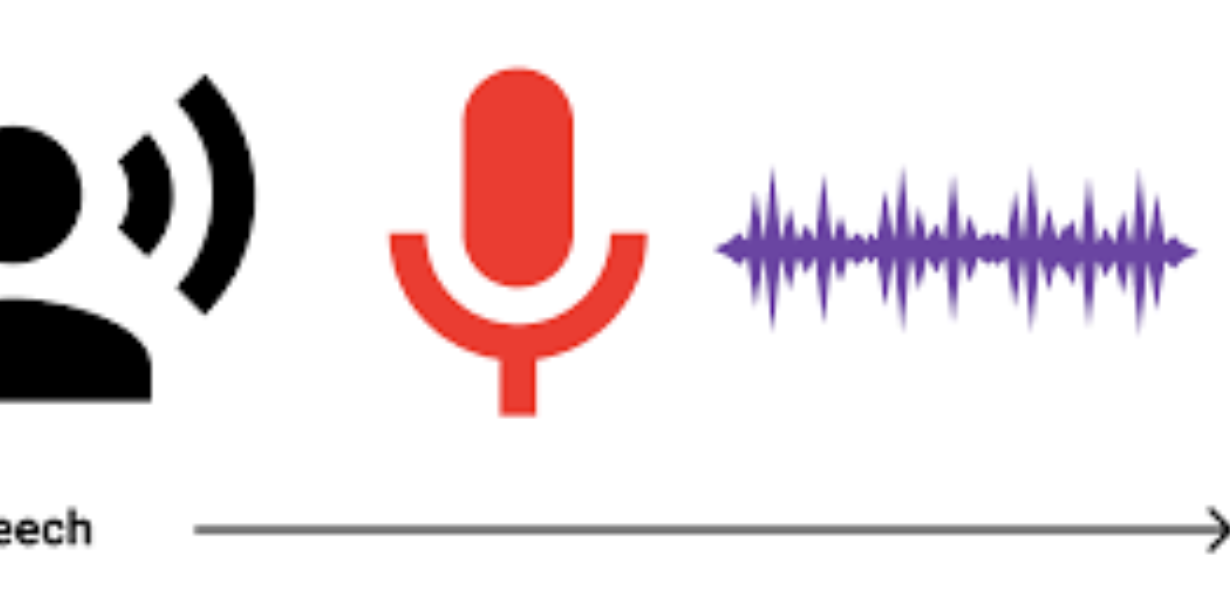
The Voice-Enabled Web: How the Web Speech API is Reshaping User Experiences
- Post
- August 8, 2023
- Web APIs, Web Speech API, Web Technologies
- 0 Comments
In a digital age marked by rapid technological advancements, the way we interact with the web is evolving at an unprecedented pace. Enter the Web Speech API – a groundbreaking innovation that has quietly revolutionized user experiences across the digital landscape. At the intersection of cutting-edge technology and user-centric design, the Web Speech API is empowering users to engage with websites and applications in ways that were once the stuff of science fiction.
Imagine navigating the web without the limitations of a keyboard or a touchscreen. Imagine a web where your voice is the primary interface – where you can effortlessly command your devices, dictate text, and interact with applications, all through the power of your spoken words. This vision is swiftly becoming a reality, thanks to the Web Speech API.
The Power of Web Speech API
The Web Speech API, developed by Google, is an application programming interface that enables developers to integrate speech recognition and synthesis capabilities into their websites and applications. This API has opened up a realm of possibilities for creating voice-enabled interactions that redefine the way users interact with digital content.
Unlocking Accessible Experiences
Web accessibility has always been a crucial consideration in design and development. The Web Speech API takes accessibility to new heights by providing an avenue for people with disabilities to interact with digital content naturally. Individuals with motor impairments, vision challenges, or other disabilities can now browse websites, compose emails, and perform tasks using their voice, eliminating barriers that previously hindered their online engagement.
The Versatility of Voice Commands
One of the most exciting aspects of the Web Speech API is its capacity to process a wide range of voice commands. From simple tasks like searching the web, setting reminders, and sending messages, to more complex operations like filling out forms and controlling smart devices, the API’s capabilities are vast and dynamic. This versatility offers a glimpse into the future of seamless, voice-driven digital experiences.
Enhancing Multilingual Engagement
In our increasingly globalized world, language barriers can hinder effective communication. The Web Speech API has tackled this challenge head-on by providing support for multiple languages and accents. Users can now interact with websites and applications in their native languages, regardless of geographical location, fostering a deeper sense of inclusivity and understanding.
Privacy and Security Considerations
With great power comes great responsibility, and the Web Speech API developers have taken privacy and security seriously. The API is designed to operate entirely within the user’s browser, ensuring that sensitive voice data remains on the user’s device and isn’t transmitted to external servers. This approach strikes a balance between convenience and safeguarding user privacy.
Innovative Applications
The Web Speech API has sparked innovation across various industries. From healthcare to education, entertainment to e-commerce, developers are exploring new ways to integrate voice interactions that enhance user engagement and satisfaction. Voice-controlled virtual assistants, interactive language learning platforms, and immersive storytelling experiences are just a few examples of the API’s transformative potential.
The Developer’s Toolbox
Implementing the Web Speech API is a developer’s playground. The API offers robust documentation, sample code, and tools that streamline the integration process. With just a few lines of code, developers can incorporate speech recognition and synthesis capabilities into their projects, opening up a world of creative possibilities.
Overcoming Challenges
While the Web Speech API is undeniably a game-changer, it’s not without its challenges. Accurate speech recognition across diverse accents and languages, as well as managing contextual understanding, remain areas of ongoing development. However, the industry’s dedication to refining these aspects ensures that user experiences will only improve over time.
The Future of Voice-Enabled Web
As technology evolves, the voice-enabled web is poised to become an integral part of our daily lives. The Web Speech API’s seamless integration of voice interactions offers a glimpse into a future where our devices seamlessly understand and respond to our spoken commands. From simplifying tasks to expanding accessibility, the impact of the Web Speech API on user experiences is profound.
Final Words
In the ever-shifting landscape of web development, the Web Speech API stands as a testament to human ingenuity and innovation. With its ability to bring the power of voice to digital interactions, this API has transformed the way we engage with technology. As the voice-enabled web continues to evolve, the only limit to its potential is our imagination.
Commonly Asked Questions
1. How does the Web Speech API work?
The Web Speech API uses advanced algorithms to convert spoken language into text and vice versa. It processes audio input, recognizes speech patterns, and translates them into actionable commands for websites and applications.
2. Can I use the Web Speech API on any device?
Yes, the Web Speech API is designed to work across various devices and platforms, including desktop computers, smartphones, tablets, and even smart home devices.
3. Is the Web Speech API accurate in recognizing different accents?
The API has made significant strides in recognizing diverse accents and languages, but challenges persist. Developers are actively working to improve accuracy across the board.
4. How can businesses leverage the Web Speech API?
Businesses can create voice-enabled customer service interfaces, interactive shopping experiences, and personalized recommendations, enhancing customer engagement and satisfaction.
5. Is user privacy a concern with the Web Speech API?
Privacy is a priority for the Web Speech API. Voice data is processed within the user’s browser, minimizing the risk of data exposure. However, users should still exercise caution while sharing sensitive information.




